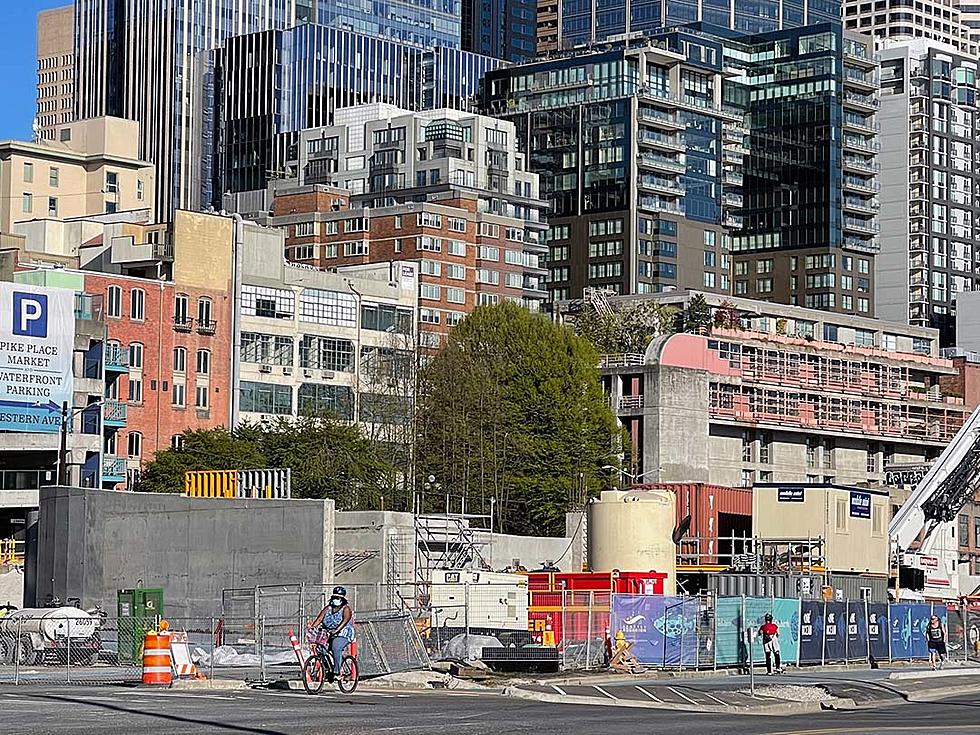
Washington gained more residents last year, but growth slowed
Laurel Demkovich
(Washington State Standard) People are still moving into Washington faster than they’re moving out, driving up the state’s population. But growth is down slightly from previous years.
The state’s population expanded by about 1.1% year-over-year, mostly due to migration and housing growth, according to the Office of Financial Management. The previous year, the state population grew by about 1.3%. The annual estimates cover the 12-months running up until April 1.
Washington’s total population is more than 7.9 million. That’s 86,750 more than a year prior, but below the average annual increase over the last decade, which is just over 98,000.
People moving into Washington continue to be the main contributor to overall population growth. Net migration – the number of people moving into the state minus the number of people moving out – accounted for 83% of the rise.
In the last year, net migration totaled 72,300, down by 11,300 compared to the 2022 statistic.
Much of the growth occurred in the state’s largest five counties: Clark, King, Pierce, Snohomish and Spokane.
King County, home to Seattle, is the main contributor to the state’s overall population growth. It added 30,100 people this year, though that is still lower than the annual average of 33,800 in the last decade.
But Whatcom, Benton and Snohomish counties were the fastest-growing. Whatcom County grew by about 1.8% in the last year while Benton and Snohomish grew by 1.5% each.
Part of the increase in people moving to Washington is due to additional housing , according to the Office of Financial Management. Strong housing growth this year plus slowing population growth means housing is slowly catching up with the population, the new data suggest.
Of all the new housing added in the past year, about 63% was in multi-family buildings, according to the agency.
Still, much of the added housing in the last two years was in King County, which saw 40% of the state’s total housing growth over the last year.
The number of births compared to deaths was responsible for the remaining population growth. Natural change has recovered slightly since the COVID-19 pandemic, but remains low, according to the Office of Financial Management.
The office predicts that that number will remain low as baby boomers age and fewer millennials have children.
